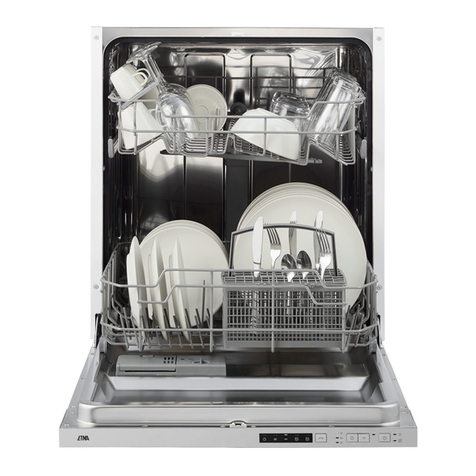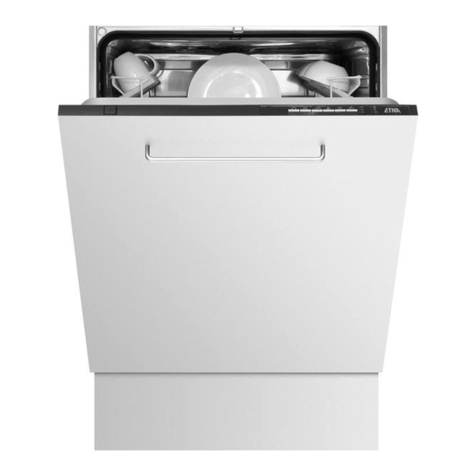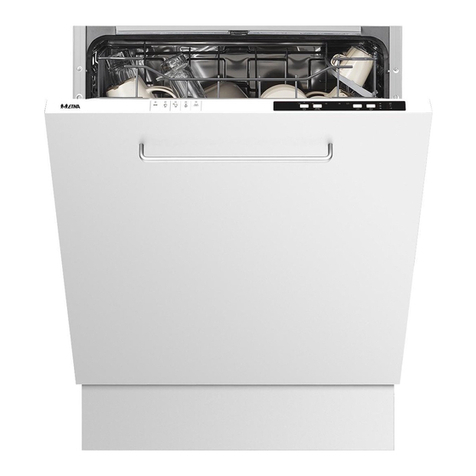
SAFETY REGULATIONS
EN 3
Note!
Contact a registered installer to fit
your appliance (see “Installation
instructions”). Do not connect the
appliance to the electrical mains until the
installation is complete.
• Connect up the appliance according to local installation
regulations.
• This appliance can be used by children aged 8 years
and over, as well as by people with reduced physical,
sensory or mental capabilities or lack of experience and
knowledge, provided they are supervised and instructed
in the safe use of the appliance and understand the
hazards involved. Do not allow children to play with the
appliance. Do not allow children to clean or maintain the
appliance unless supervised.
• This appliance is for indoor use only. To protect against
the risk of electrical shock, do not immerse the unit,
cord or plug in water or other liquid.
• This appliance is intended to be used in household and
similar applications such as:
▷staff kitchen areas in shops, offices and other working
environments;
▷by clients in hotels, motels and other residential type
environments;
▷farm houses;
▷bedand breakfast type environments
• In order to prevent hazardous situations, a damaged
connection cable may only be replaced by the
manufacturer, the manufacturer’s service department, or
by similarly qualified persons.
Original instruction
NO
GBNL BE DK ES
FI
SE
FR BE
DE DEATLU
IE
GB
NL BE DK ES
FI
SE
FR BE
DE DEATLUIE



















































